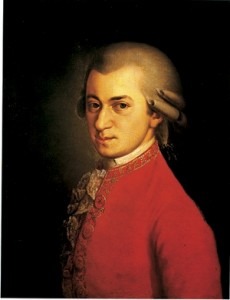“Art is not an end in itself, but a means of addressing humanity.”
As philosopher Richard Wollheim says, art is “one of the most elusive of the traditional problems of human culture.” In its simplest manifestation, art is a form of communication that serves as a vehicle for the expression of emotions and ideas. As ideas and beliefs are culturally specific and constantly changing over time, there really is no generally agreed definition of what constitutes art. That being said, the classical branches of the visual arts are identified as painting, sculpture and architecture. Literature and poetry are considered part of the humanities or as one of the arts, while music, alongside theatre, film and dance belong to the performing arts. In this section you will discover not only specific explorations of individual art forms, but also a more detailed probing of the relationship between the visual arts and music, including painting and music, sculpture and music and architecture and music. Originally, poetry and music were treated as a unity, but gradually they have become more independent. Nevertheless, the two art forms have never forgotten their shared genetic makeup, and been intertwined for millennia. Art and music have engaged in a dynamic relationship that reveals a diverse range of human activity intended to be appreciated for their beauty.


